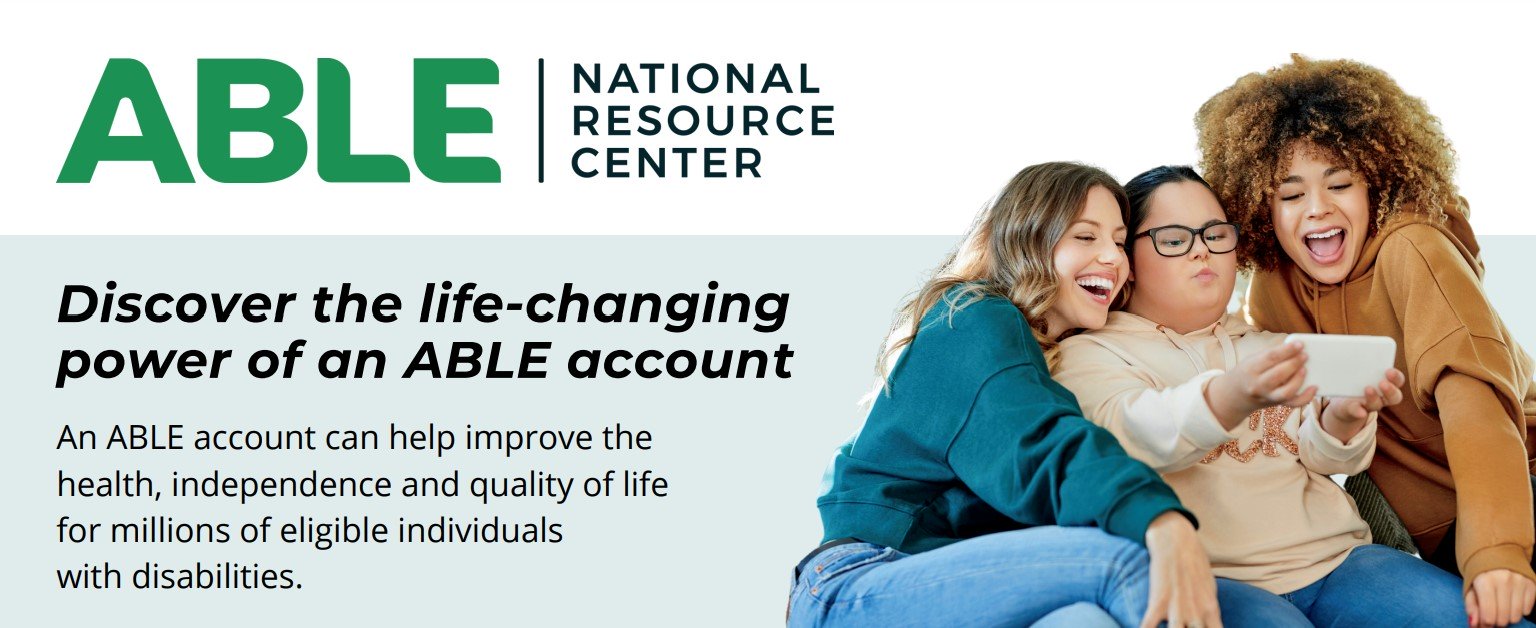Achieving a Better Life Experience

By Phil Prehn, Systems Change Advocate
It is not unusual for programs providing benefits for people with disabilities too often come with rules and regulations that make it hard to use those benefits. Supplemental Security Income (SSI) or Social Security Disability Insurance (SSDI) have limits on savings and outside income that leave people receiving these benefits hovering near the federal poverty level.
This is especially difficult for people with disabilities that are looking to participate in the job force or our education system. How can they afford training, transportation and educational opportunities?
One tool is the Achieving a Better Life Experience Act—commonly known as an ABLE account. The program was started in 2014 and based on section 529A of the Internal Revenue Service code that parents have used for years to help finance their children’s college educations.
The theory is simple. For as long as you keep the money in the ABLE savings account, the money is not taxable and doesn’t have any impact on other benefits you may be using. When the ABLE Act was passed by Congress, they limited eligibility to those whose disability was acquired from birth up to the age of 26. In 2022, Congress amended the Act to expand eligibility to those who acquired their disability at birth up to the age of 46. This will start on January 1, 2026. Up to six million more people with disabilities will be eligible, including many more veterans of the armed forces.
ABLE accounts allow people with disabilities to save for qualified disability-related expenses (QDEs). QDEs can include expenses related to education, housing, transportation, employment training, assistive technology, personal support services, health care expenses, and more. Click on the following link about Determining Whether Something Is a Qualified Disability Expense (QDE) – ABLE National Resource Center
Many needs-based programs restrict eligibility to people with less than $2,000 in countable resources (cash and funds in a non-ABLE checking account, saving account and some retirement accounts). If a person saves more than this limit, they risk losing critical benefits they need.
Saving in an ABLE account allows people with disabilities to keep benefits if they need them. Up to $100,000 of ABLE funds is not a countable resource for Supplemental Security Income (SSI). Any amount of funds in an ABLE account up to the state plan limit does not affect someone’s current or future eligibility for programs like FAFSA (Free Application for Federal Student Aid), HUD (Housing and Urban Development), SNAP (Supplemental Nutrition Assistance Program), Medicaid, Medicare, SSDI (Social Security Disability Insurance) or VRS (Vocational Rehabilitation Services).
The ABLE Account National Resource Center (NRC) What are ABLE Accounts? – ABLE National Resource Center recommends opening your ABLE account in your state of residence, since there may be tax credits or deductions available to you as a state resident. You can only open one ABLE account. The NRC has a tool to help you choose which state’s plan to choose Compare States – ABLE National Resource Center
The NRC also has a list of Frequently Asked Questions about ABLE Accounts Frequently Asked Questions – ABLE National Resource Center as well as an introductory YouTube video to watch that has captions and ASL translations ABLE Basics



